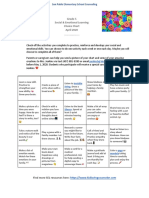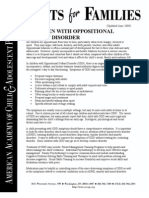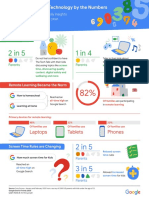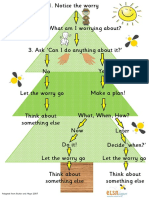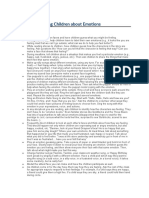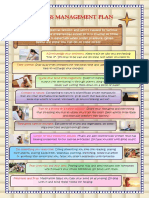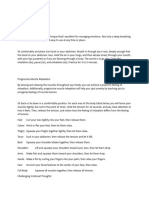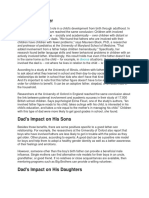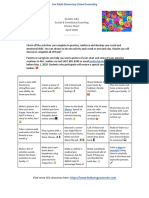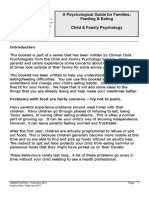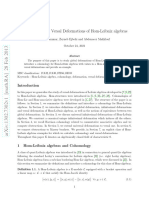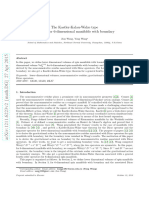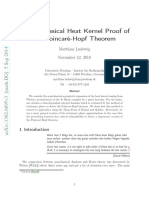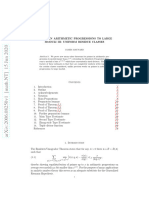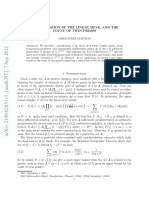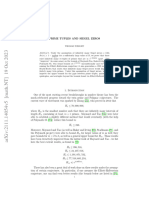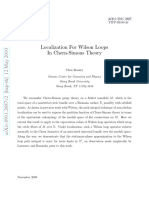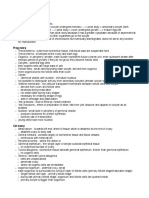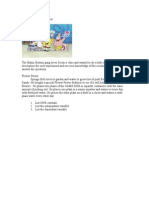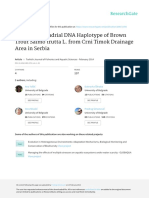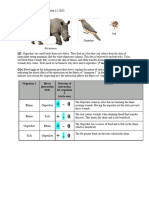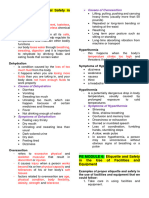0% found this document useful (0 votes)
104 views6 pagesParenting With Presence
This document discusses how parents can support children in managing their emotions. It explains that emotions are an important part of human development but can sometimes be overwhelming for children. The document provides three main strategies for parents: 1) Pay attention to the child's emotion and respond to inappropriate behaviors, not the emotion itself. 2) Teach children ways to safely release strong emotions through actions like deep breathing, exercise, or stretching. 3) Support will differ by age but should always involve modeling calmness and providing validation, with older children using more language-based strategies.
Uploaded by
walter huCopyright
© © All Rights Reserved
We take content rights seriously. If you suspect this is your content, claim it here.
Available Formats
Download as PDF, TXT or read online on Scribd
0% found this document useful (0 votes)
104 views6 pagesParenting With Presence
This document discusses how parents can support children in managing their emotions. It explains that emotions are an important part of human development but can sometimes be overwhelming for children. The document provides three main strategies for parents: 1) Pay attention to the child's emotion and respond to inappropriate behaviors, not the emotion itself. 2) Teach children ways to safely release strong emotions through actions like deep breathing, exercise, or stretching. 3) Support will differ by age but should always involve modeling calmness and providing validation, with older children using more language-based strategies.
Uploaded by
walter huCopyright
© © All Rights Reserved
We take content rights seriously. If you suspect this is your content, claim it here.
Available Formats
Download as PDF, TXT or read online on Scribd
/ 6










